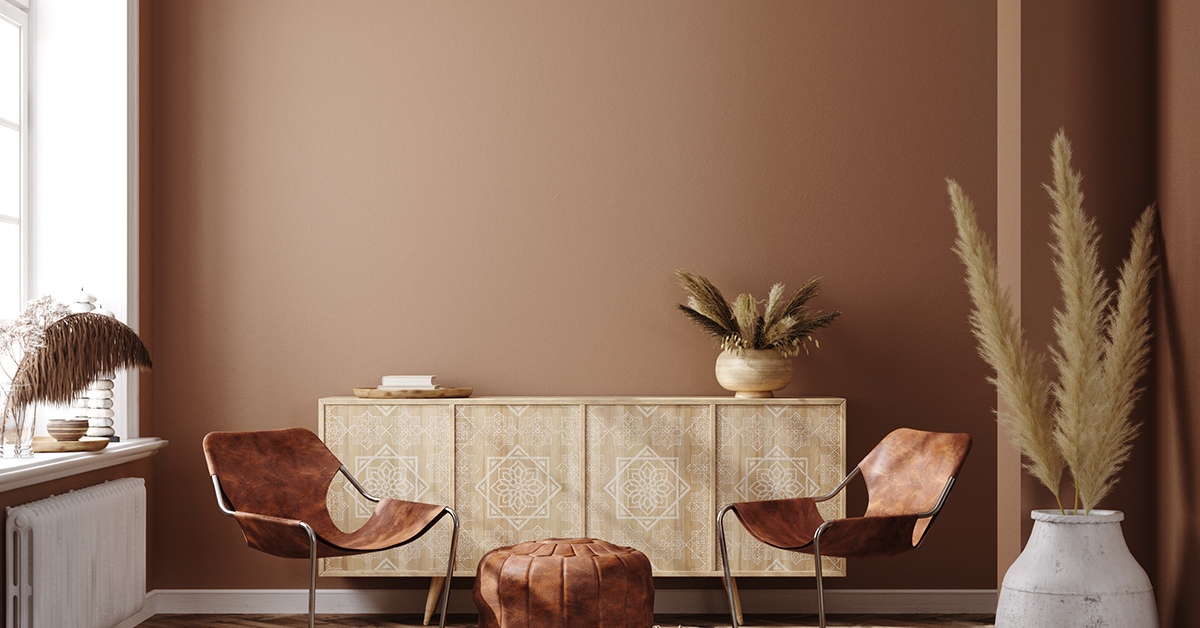

Articles
What Paint Finish For Interior Walls
Modified: January 19, 2024
Discover the perfect paint finish for your interior walls with our insightful articles. From matte to glossy, we've got you covered with expert tips and advice.
(Many of the links in this article redirect to a specific reviewed product. Your purchase of these products through affiliate links helps to generate commission for Storables.com, at no extra cost. Learn more)
Introduction
Choosing the right paint finish for interior walls is an essential aspect of any home improvement project. The paint finish not only plays a significant role in enhancing the aesthetic appeal of a space but also determines the durability and functionality of the painted surface. From matte finishes to glossy finishes, each type offers unique characteristics that can transform the look and feel of a room.
In this article, we will explore the benefits of choosing the right paint finish for interior walls and discuss the different types of finishes available. We will also delve into the factors to consider when selecting a paint finish and provide some helpful tips for achieving the desired result.
By the end of this article, you will have a comprehensive understanding of paint finishes for interior walls, allowing you to make informed decisions for your next home improvement project.
Key Takeaways:
- Choose the right paint finish to enhance aesthetics, durability, and functionality of interior walls. Consider factors like room function, lighting, and personal style to achieve the desired ambiance and style.
- Proper surface preparation, high-quality paint, and multiple thin coats are crucial for achieving a professional-looking finish. Use the right tools, techniques, and test paint colors to transform your space into a beautiful and inviting environment.
Benefits of Choosing the Right Paint Finish for Interior Walls
Choosing the right paint finish for your interior walls can have a significant impact on the overall look and feel of your space. Here are some key benefits of selecting the appropriate paint finish:
- Enhanced Aesthetic Appeal: Different paint finishes offer distinct visual effects. A matte finish provides a smooth and subtle look, ideal for creating a sophisticated and elegant atmosphere. On the other hand, glossy finishes add a vibrant and dynamic touch, making the walls stand out and reflect light. By choosing the right paint finish, you can create the desired ambiance and style in each room of your home.
- Improved Durability: Paint finishes differ in their ability to withstand wear and tear. A higher gloss finish, such as semi-gloss or glossy, offers greater resistance to scratches, stains, and moisture, making it suitable for areas that experience heavy traffic, such as hallways, kitchens, and bathrooms. Conversely, a matte or eggshell finish may be more prone to scuffs but can be easily touched up or repainted if necessary.
- Easy Maintenance: The right paint finish can simplify your cleaning routine. Glossy finishes are generally easier to clean as they repel dirt and grime, requiring minimal effort to maintain their pristine appearance. On the other hand, matte finishes can be more challenging to clean, but they are less likely to show streaks or brush marks during touch-ups.
- Light Reflection: The paint finish you choose can affect the way light interacts with your walls. A glossy finish reflects light, making the room appear brighter and more spacious. This effect can be beneficial in smaller rooms or areas with limited natural light. Conversely, a matte finish absorbs light, creating a more intimate and cozy atmosphere in larger spaces or rooms that already receive ample natural light.
- Concealing Imperfections: Different paint finishes have varying abilities to hide wall imperfections. Glossy finishes tend to highlight any flaws, such as uneven surfaces or patched areas. In contrast, matte and eggshell finishes have a more forgiving nature, helping to camouflage minor blemishes and providing a smoother appearance overall.
By carefully considering the benefits of each paint finish, you can select the right one for your specific needs and desired outcome. It is important to take into account factors such as the function of the room, lighting conditions, level of durability required, and the overall aesthetic you wish to achieve.
Different Types of Paint Finishes for Interior Walls
There are several types of paint finishes available for interior walls, each offering unique characteristics and visual effects. Let’s explore the most common types:
- Matte Finish: Matte finish, sometimes referred to as flat finish, has a low sheen and provides a smooth, non-reflective surface. It helps to conceal imperfections, making it ideal for walls with minor dents or uneven textures. Matte finishes create a sophisticated and elegant look and are commonly used in bedrooms, living rooms, and dining rooms. However, it is important to note that matte finishes are more prone to scuffs and may not be as washable as other finishes.
- Eggshell Finish: Eggshell finish is slightly more lustrous than matte finish but still offers a subtle, soft look. It has a velvety texture with a gentle sheen, resembling the surface of an eggshell, hence the name. Eggshell finishes are more washable and durable compared to matte finishes, making them suitable for high-traffic areas like family rooms, hallways, and kids’ bedrooms.
- Satin Finish: Satin finish is a versatile option that provides a smooth, velvety appearance. It strikes a balance between matte and glossy, offering a subtle sheen that reflects light without being too reflective. Satin finishes are durable, easy to clean, and suitable for a wide range of areas including kitchens, bathrooms, and hallways. They provide a slightly more polished look than eggshell finishes and are less likely to show brush marks or imperfections.
- Semi-Gloss Finish: Semi-gloss finish offers a noticeable sheen and a reflective surface. It is more washable and durable than the aforementioned finishes, making it a popular choice for doors, trims, and cabinets. Semi-gloss finishes can add depth and dimension to a room, but they may also highlight surface imperfections. They are resistant to moisture and can withstand frequent cleaning, making them ideal for kitchens, bathrooms, and other high-moisture areas.
- Glossy Finish: Glossy finish is the shiniest and most reflective type of paint finish. It creates a sleek and dramatic look, adding depth and richness to surfaces. Glossy finishes are highly durable, resistant to moisture, and easy to clean. They are commonly used on surfaces that require frequent cleaning, such as kitchen backsplashes, cabinets, and trim. However, it is important to note that glossy finishes tend to highlight any imperfections on the walls and may require more preparation work before application.
Each paint finish has its own unique charm and purpose. Consider the overall style of the room, the level of durability required, and your personal preferences when choosing the right paint finish for your interior walls.
Matte Finish
Matte finish, also known as flat finish, is a popular choice for interior walls due to its elegant and sophisticated appearance. This type of paint finish offers a smooth, non-reflective surface that creates a more subtle and muted look compared to other finishes.
One of the main advantages of a matte finish is its ability to conceal imperfections on the walls. It is particularly effective at camouflaging minor dents, bumps, and uneven textures, making it a great choice for older homes or walls with some wear and tear. When light hits a matte finish, it disperses and scatters instead of reflecting, making it less likely to highlight any surface flaws.
Another benefit of matte finishes is their ability to create a calm and serene atmosphere. With their soft and velvety appearance, matte finishes add a touch of sophistication and elegance to any room. They are often used in bedrooms, living rooms, and dining rooms, where a more relaxed and tranquil ambiance is desired. Additionally, matte finishes can help to reduce glare, making them suitable for rooms with abundant natural sunlight or where artificial lighting is a focal point.
One thing to consider when selecting a matte finish is its durability and washability. Matte finishes are generally less resistant to stains and scuffs compared to other finishes, and they may not be as easy to clean. Therefore, it is important to be mindful of the location of matte-painted walls and take precautions to protect them from dirt and damage. That being said, touch-ups and repairs are relatively simple with matte finishes, as they blend seamlessly with the existing paint without showing brush marks or sheen variations.
When it comes to color choices, matte finishes can beautifully showcase rich and deep shades, adding a sense of depth and character to a room. However, it is important to note that lighter colors may appear slightly different on a matte finish compared to a glossier finish, as the softer surface can absorb and reflect light differently.
In summary, matte finishes offer a timeless and classic look for interior walls. Their ability to conceal imperfections, create a calm atmosphere, and showcase a wide array of colors make them a popular choice among homeowners seeking a sophisticated and elegant aesthetic. Just keep in mind the potential for less durability and ease of cleaning, and you’ll be able to enjoy the beauty of matte-painted walls for years to come.
Eggshell Finish
The eggshell finish is a versatile and popular choice for interior walls, offering a subtle sheen that falls between a matte and a glossy finish. It derives its name from the smooth and lustrous texture it shares with an eggshell.
Eggshell finishes strike a balance between a flat and a satin finish, providing a soft and velvety appearance to the walls. This finish adds a touch of elegance and sophistication to any space while still maintaining a subdued and subtle effect. It is a versatile option that complements various architectural styles, making it suitable for both traditional and contemporary interiors.
One of the notable benefits of an eggshell finish is its improved durability compared to a matte finish. The slightly higher sheen of the eggshell finish makes it more resistant to stains, scuffs, and moisture. This durability makes it a practical choice for high-traffic areas such as hallways, family rooms, and kids’ bedrooms, where walls are more likely to be subject to wear and tear.
While an eggshell finish does provide some level of washability, it is important to exercise caution when cleaning. Gentle cleaning methods, such as using a mild detergent and a soft cloth, are recommended to avoid damaging the finish. For tougher stains, it may be necessary to spot clean or touch up the affected area to maintain the smooth and seamless appearance.
Eggshell finishes also have excellent light-reflecting properties, creating a subtle vibrancy that adds depth to the walls. They are particularly effective at enhancing pastel colors, creating a soft and inviting atmosphere. However, it is important to note that darker shades may appear slightly lighter and less intense on an eggshell finish due to the reflection of light.
When it comes to application, eggshell finishes are relatively forgiving and can be easily applied with a roller or brush. They tend to dry evenly, minimizing the appearance of brush or roller marks. This makes eggshell finishes an ideal choice for DIY enthusiasts or those looking for a hassle-free painting experience.
Overall, the eggshell finish strikes a balance between aesthetics and practicality. Its subtle sheen, improved durability, and ease of application make it a popular choice for interior walls. Whether you are looking to add a touch of elegance to your living room or durability to your hallway, the eggshell finish is a versatile option that can transform your space.
Read more: What Type Of Paint To Use On Interior Walls
Satin Finish
The satin finish is a popular choice for interior walls, known for its smooth and velvety appearance. It falls between a matte and a semi-gloss finish, offering a subtle sheen that adds a touch of elegance to any space.
One of the main benefits of a satin finish is its versatility. It works well in various rooms and complements different décor styles, making it suitable for both traditional and contemporary interiors. Satin finishes provide a balanced and polished look that is often described as sophisticated and refined.
One advantage of a satin finish is its ability to reflect light to a moderate extent. This subtle sheen not only adds depth and dimension to the walls but also helps to brighten up the room by reflecting some natural and artificial light. Satin finishes are particularly effective in spaces with limited natural light, as they can help to create a sense of warmth and openness.
In addition to its aesthetic appeal, the satin finish is known for its durability and ease of maintenance. It is more resistant to stains, scuffs, and moisture compared to matte finishes, making it a suitable choice for high-traffic areas such as kitchens, bathrooms, and hallways. Cleaning satin-finished walls is relatively simple, as they can withstand mild scrubbing without compromising the finish.
Satin finishes also have the advantage of being able to hide certain wall imperfections. They can subtly mask minor surface blemishes, such as small dents or patches, making them a versatile choice for older or uneven walls. However, it is important to note that satin finishes, like other sheen levels, may still highlight significant imperfections, so proper wall preparation is still essential for a smooth and seamless result.
When it comes to color, satin finishes can enhance a wide range of hues. They add a slight richness to the color, making it appear deeper and more vibrant. Satin finishes work well with both light and dark shades, giving them a beautiful and balanced look. Just keep in mind that the reflection of light can slightly alter the appearance of the color, so it is recommended to test the desired paint color in a small area before committing to the entire room.
Overall, the satin finish offers a versatile and sophisticated option for interior walls. Its balanced sheen, durability, and ease of maintenance make it a popular choice among homeowners looking to achieve a polished and refined look for their spaces.
For interior walls, consider using a satin or eggshell finish for a good balance of durability and easy maintenance. These finishes are also great for hiding imperfections in the wall.
Semi-Gloss Finish
The semi-gloss finish is a popular choice for interior walls that offers a higher sheen and a more reflective surface compared to other finishes. It strikes a balance between practicality and aesthetic appeal, making it a versatile option for various spaces.
One of the main benefits of a semi-gloss finish is its exceptional durability. The higher gloss level provides a protective layer that is resistant to scratches, stains, and moisture. This makes it an excellent choice for areas that are prone to wear and tear, such as kitchens, bathrooms, and hallways. The durability of a semi-gloss finish allows for easy cleaning and maintenance, as it can withstand frequent wiping with a damp cloth or gentle cleaning solutions.
Another advantage of a semi-gloss finish is its ability to reflect light. The higher sheen enhances the natural and artificial light in a room, making it appear brighter and more vibrant. This effect can be particularly useful in darker spaces or rooms with limited natural light. The reflective nature of a semi-gloss finish can also add a sense of depth and dimension to the walls, creating a visually appealing atmosphere.
Unlike some lower-sheen finishes, a semi-gloss finish is less forgiving when it comes to wall imperfections. It tends to highlight any flaws or uneven surfaces, so it is important to properly prepare the walls before applying a semi-gloss finish. Surface smoothening, patching, and priming are key steps to achieve a seamless result. However, once the walls are properly prepped, a semi-gloss finish can provide a flawless and elegant look.
When it comes to color, a semi-gloss finish can intensify the vibrancy of light and dark shades alike. It adds richness and depth to the paint color, making it appear more saturated and striking. This can be particularly beneficial for accent walls or areas where you want to make a bold statement. It’s important to note that the high gloss of a semi-gloss finish can intensify the appearance of color variations, so it is recommended to ensure consistent coverage and application.
Overall, the semi-gloss finish offers a practical and visually appealing choice for interior walls. Its durability, light-reflecting properties, and ability to enhance color make it a popular option for high-traffic areas that require easy maintenance and a touch of elegance.
Glossy Finish
The glossy finish is the shiniest and most reflective type of paint finish available for interior walls. It offers a sleek and dramatic look that can add a touch of glamour and sophistication to any space. While the glossy finish may not be for everyone, it can create a stunning visual impact when used appropriately.
One of the standout features of a glossy finish is its ability to reflect light. The high level of sheen creates a mirror-like effect that can make the walls gleam and create a sense of openness. This can be especially advantageous in smaller rooms or areas with limited natural light, as the glossy finish can help to create an illusion of space and brightness.
Glossy finishes are highly durable and resistant to moisture, stains, and scuffs. This makes them a practical choice for areas that require frequent cleaning, such as kitchens, bathrooms, and laundry rooms. The smooth surface of a glossy finish allows for easy maintenance, as it can be wiped clean with a damp cloth or mild cleaning solution. However, it’s important to note that the glossy surface can show fingerprints and smudges more readily than other finishes.
When it comes to color, the glossy finish can intensify and enrich the shades. It adds depth and vibrancy to both light and dark colors, making them appear more saturated and eye-catching. This can be particularly effective for accent walls or areas where you want to make a bold statement. However, it’s important to note that the high sheen of a glossy finish can accentuate any imperfections on the walls, so proper surface preparation is crucial for achieving a flawless result.
While the glossy finish can create a striking and high-impact look, it is important to use it sparingly and selectively. Applying a glossy finish to all walls in a room can be overwhelming and may diminish the overall aesthetic appeal. Instead, consider using a glossy finish strategically as an accent or on architectural details, such as trims, doors, or furniture, to create a stunning contrast against walls with a less reflective finish.
Overall, the glossy finish offers a bold and glamorous option for interior walls. Its reflective properties, durability, and ability to enhance color make it a popular choice for areas that require easy maintenance, added brightness, and a touch of luxury. When used judiciously, the glossy finish can elevate the overall design of a space and create a truly stunning visual impact.
Factors to Consider When Choosing the Right Paint Finish
When selecting the right paint finish for your interior walls, there are several important factors to consider. The choice of paint finish will depend on various factors such as the function of the room, lighting conditions, level of durability required, and the overall aesthetic you wish to achieve. Here are some key considerations to keep in mind:
- Room Function: Consider the function and purpose of the room. High-traffic areas, such as hallways, kitchens, and bathrooms, require a more durable finish that can withstand frequent cleaning and resistant to moisture and stains. Bedrooms and living rooms can benefit from finishes that offer a more serene and elegant atmosphere.
- Lighting: Take into account the natural and artificial lighting in the room. Rooms with abundant natural light can benefit from finishes that reflect light and create a brighter, more spacious feel. On the other hand, rooms with limited natural light might benefit from finishes that absorb light and create a cozier ambiance.
- Durability: Consider the level of durability needed for the specific room. High-traffic areas and rooms that are prone to wear and tear, such as entryways or children’s playrooms, will require finishes that are more resistant to scuffs, stains, and moisture. Low-traffic areas, such as bedrooms or home offices, may not require the same level of durability.
- Wall Imperfections: Evaluate the condition of your walls. If your walls have noticeable imperfections, such as dents or uneven textures, you may want to opt for finishes like matte or eggshell, as they tend to camouflage these flaws better. Finishes with higher sheen, such as semi-gloss or glossy, may highlight imperfections.
- Personal Style: Consider your personal aesthetic preferences and the overall style of your home. Different finishes can evoke different moods and styles. Matte finishes are often associated with a more understated and sophisticated look, while glossy finishes lend a more dramatic and glamorous feel. Choose a finish that complements your interior design style.
It is important to assess these factors and prioritize your needs when choosing the right paint finish for your interior walls. Keep in mind that you can also mix and match finishes within the same room or throughout your home to create visual interest and highlight different architectural elements.
Remember, a well-chosen paint finish can significantly impact the overall aesthetic and functionality of your space. Take the time to consider these factors, consult paint professionals if needed, and select the finish that best suits your specific needs and desired outcome.
Tips for Achieving the Desired Paint Finish on Interior Walls
Getting the desired paint finish on your interior walls involves proper preparation, technique, and attention to detail. Here are some helpful tips to ensure a smooth and flawless result:
- Surface Preparation: Before applying any paint, make sure to properly prepare the walls. Clean the surface to remove any dirt, dust, or grease. Repair any cracks or holes and sand down rough areas to create a smooth canvas for the paint. Proper surface preparation is crucial for achieving a professional-looking finish.
- Priming: Consider applying a primer coat before painting, especially if you are transitioning between different paint finishes, or if the walls have stains or heavy discoloration. Priming helps to ensure better paint adhesion, improves color accuracy, and can help to achieve a more even finish.
- Choose Quality Paint: Invest in high-quality paint to achieve the best results. Quality paint not only provides better coverage but also has better pigmentation, adhesion, and durability. It may be more expensive upfront, but it will save you time and effort in the long run. Consult with professionals at your local paint store to select the right paint brand and finish for your specific needs.
- Apply Multiple Thin Coats: Instead of applying one thick coat, it is recommended to apply multiple thin coats of paint. This helps to achieve a smoother and more even finish while reducing the chances of drips, streaks, or brush marks. Allow each coat to dry completely before applying the next one, following the manufacturer’s instructions for drying time.
- Use Proper Tools: Choose the right tools for the job to achieve the desired finish. For smooth surfaces, use a high-quality brush or roller. Use a brush with fine bristles for precise edging along corners, trim, and other details. A foam or microfiber roller can provide a smoother finish on larger wall surfaces. Remember to clean your tools thoroughly after each use for optimal performance.
- Technique: Use proper painting techniques to achieve a professional finish. For a smooth finish, paint in even, overlapping strokes in one direction. Avoid excessive brushing or rolling, as it can create visible texture or streaks. Feather out the edges to blend any overlapping areas. Take breaks between sections to ensure consistent drying and avoid lap marks.
- Test in a Small Area: If you are unsure about the chosen paint color or finish, it is always a good idea to test it in a small, inconspicuous area before committing to painting the entire room. This allows you to assess how the paint looks under different lighting conditions and observe its compatibility with the existing décor.
- Pay Attention to Drying Time: Allow each coat to dry fully before adding another or touching the surface. Rushing the drying process can result in smudges, fingerprints, or damage to the finish. Follow the manufacturer’s recommended drying time, and avoid placing objects against the freshly painted walls until they have fully cured.
- Protect the Surrounding Areas: Before starting the painting process, protect the surrounding areas from accidental drips or spills. Use drop cloths to cover floors, furniture, and any other surfaces you want to keep clean. Mask off trim, windows, and other areas that you want to keep free of paint using painter’s tape.
By following these tips, you can achieve the desired paint finish on your interior walls and create a beautiful and professional-looking result. Remember to take your time, plan carefully, and have patience during the painting process for the best outcome.
Conclusion
Choosing the right paint finish for your interior walls can make a significant difference in the overall look, durability, and functionality of your space. Each type of paint finish offers unique characteristics and visual effects, allowing you to customize the ambiance and style of each room in your home.
Matte finishes provide a smooth and subtle look, ideal for adding sophistication and elegance to bedrooms and living rooms. Eggshell finishes offer a soft and velvety appearance, striking a balance between matte and glossy finishes. Satin finishes provide a smooth and polished look, suitable for a wide range of areas including kitchens and bathrooms. Semi-gloss finishes offer a higher sheen and excellent durability, making them a practical choice for high-traffic areas. Glossy finishes, with their high reflectivity, create a striking and glamorous atmosphere.
When selecting the right paint finish, it is essential to consider factors such as room function, lighting conditions, durability requirements, wall imperfections, and personal style. Understanding these factors will help you choose the finish that best suits your needs and desired outcome.
To achieve the desired paint finish, proper surface preparation, the use of high-quality paint, and multiple thin coats are crucial. Choosing the right tools, employing proper painting techniques, and allowing sufficient drying time are all important aspects of achieving a professional-looking finish. It is also recommended to test the paint color and finish in a small area before committing to painting the entire room.
In conclusion, the choice of paint finish for interior walls is an important decision that should not be overlooked. By carefully considering your preferences, the function of the room, and the aesthetic you wish to create, you can transform your space into a beautiful and inviting environment. Whether you prefer the elegance of matte, the versatility of eggshell, the sophistication of satin, the durability of semi-gloss, or the glamour of glossy, selecting the right paint finish will enhance the overall look and feel of your home.
Take your time, plan carefully, and follow the tips outlined in this article to achieve the desired paint finish on your interior walls. With the right paint finish, you’ll be able to create a space that reflects your personal style, enhances the functionality of each room, and brings beauty and harmony to your home.
Frequently Asked Questions about What Paint Finish For Interior Walls
Was this page helpful?
At Storables.com, we guarantee accurate and reliable information. Our content, validated by Expert Board Contributors, is crafted following stringent Editorial Policies. We're committed to providing you with well-researched, expert-backed insights for all your informational needs.
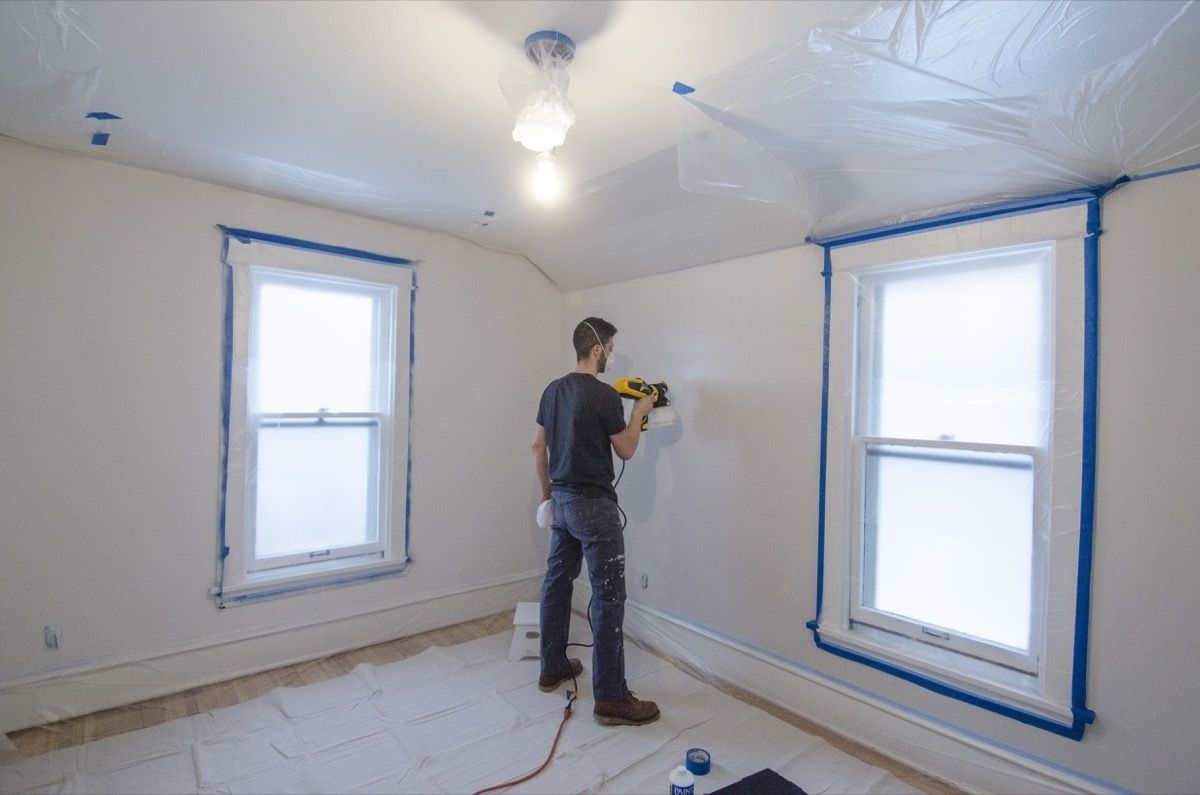
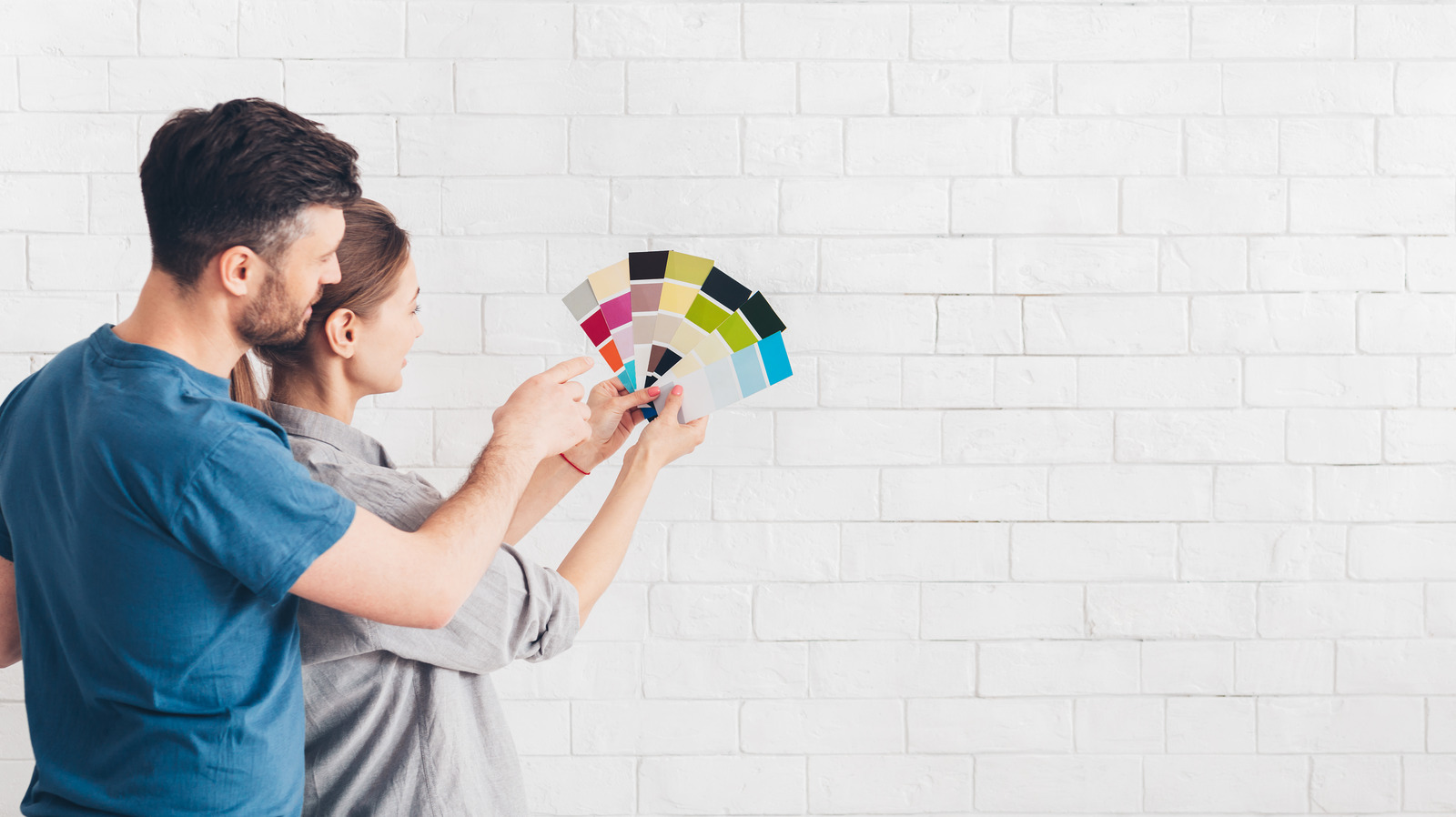
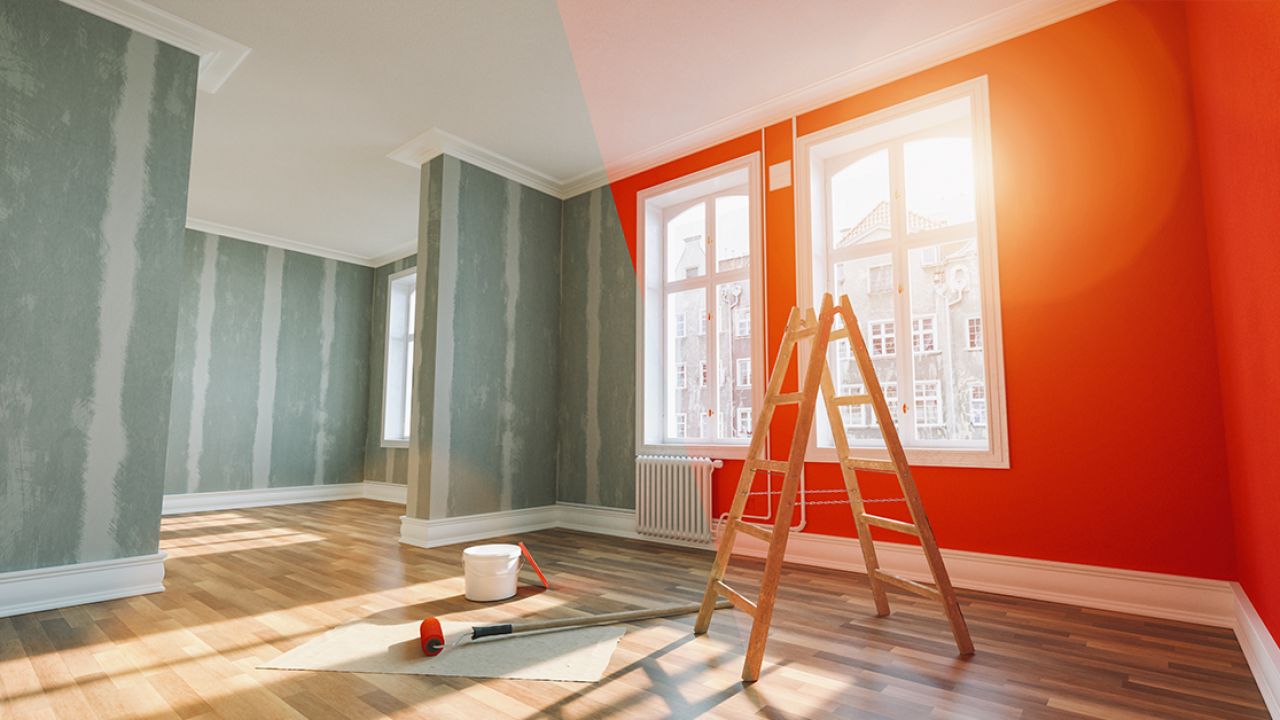
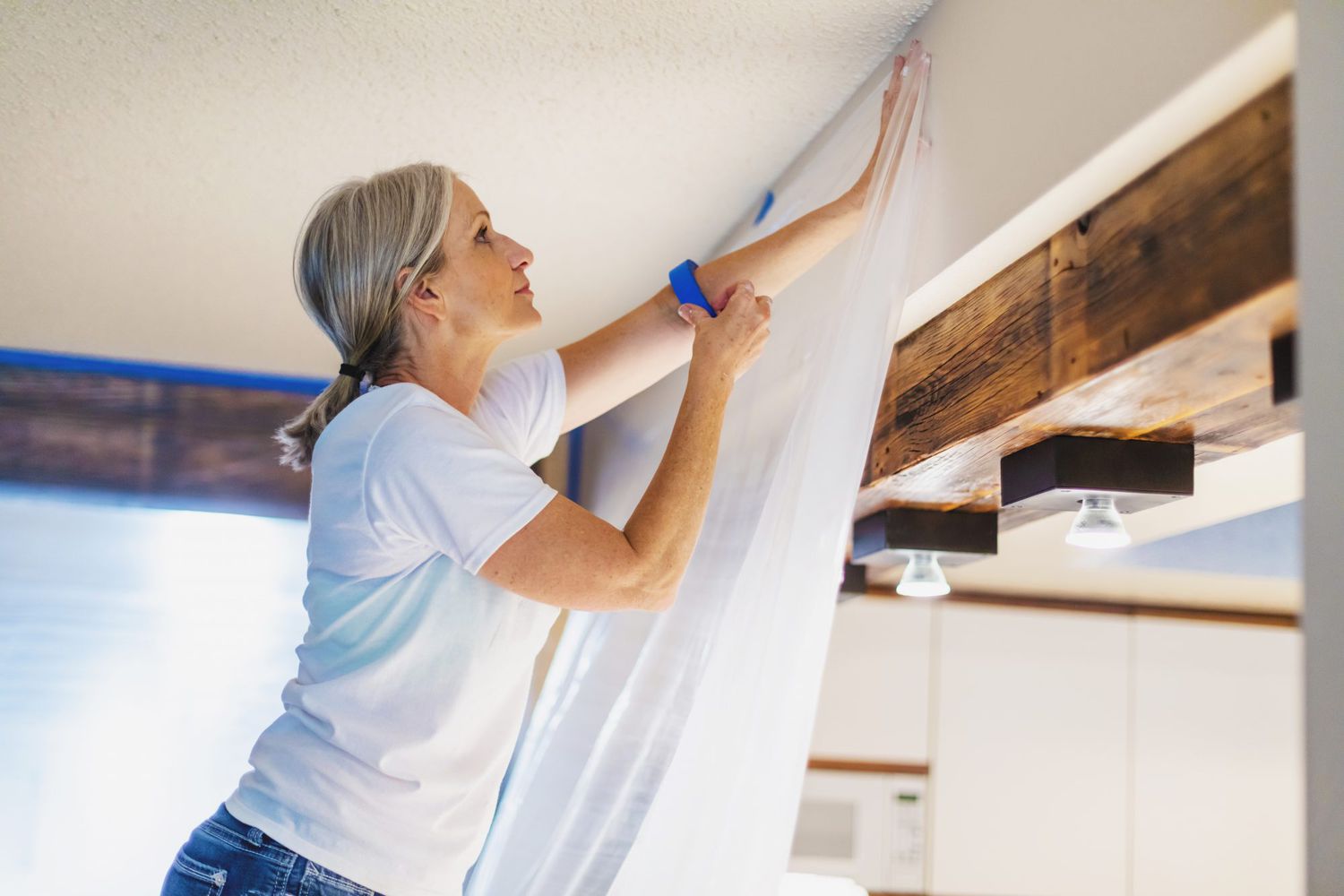
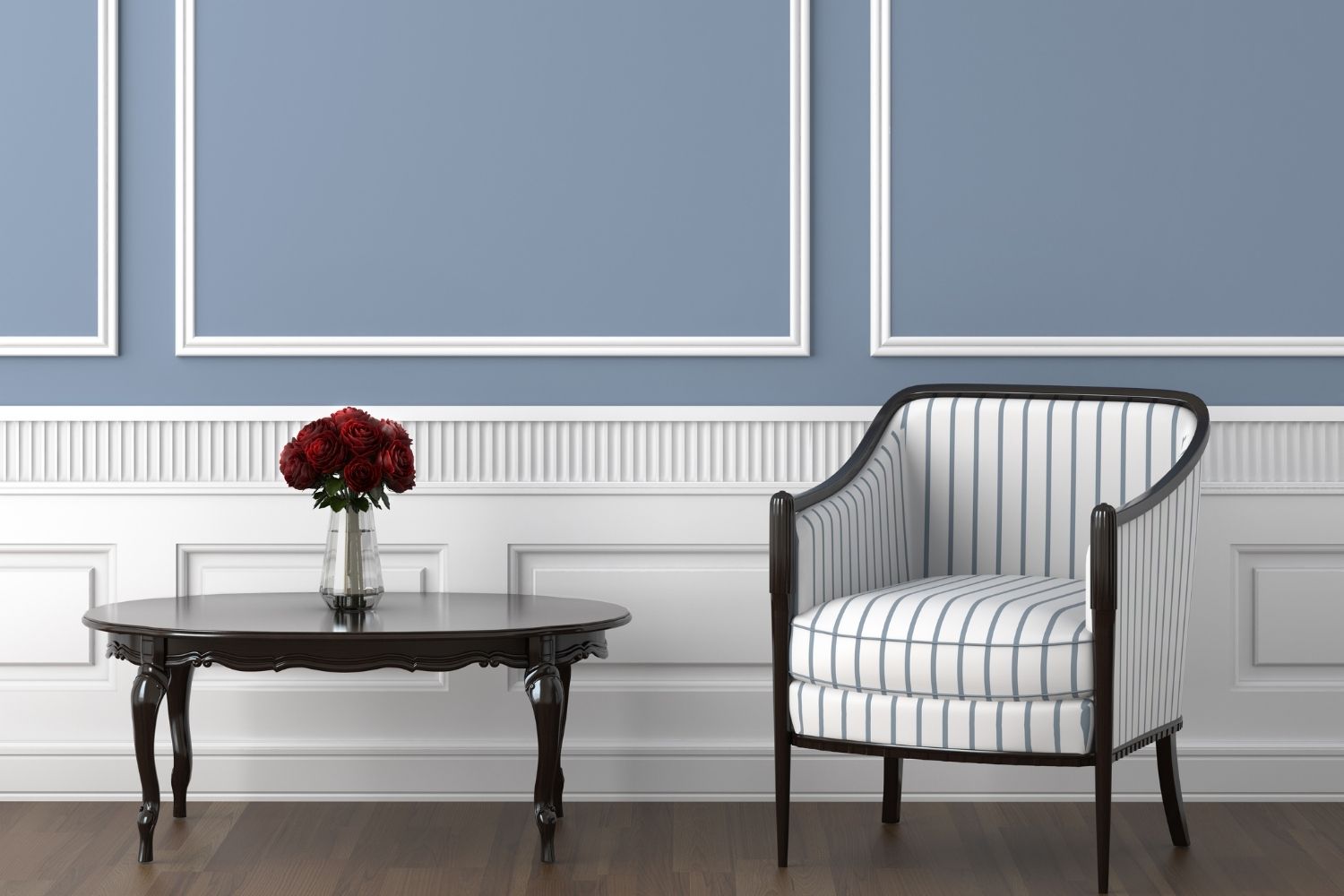
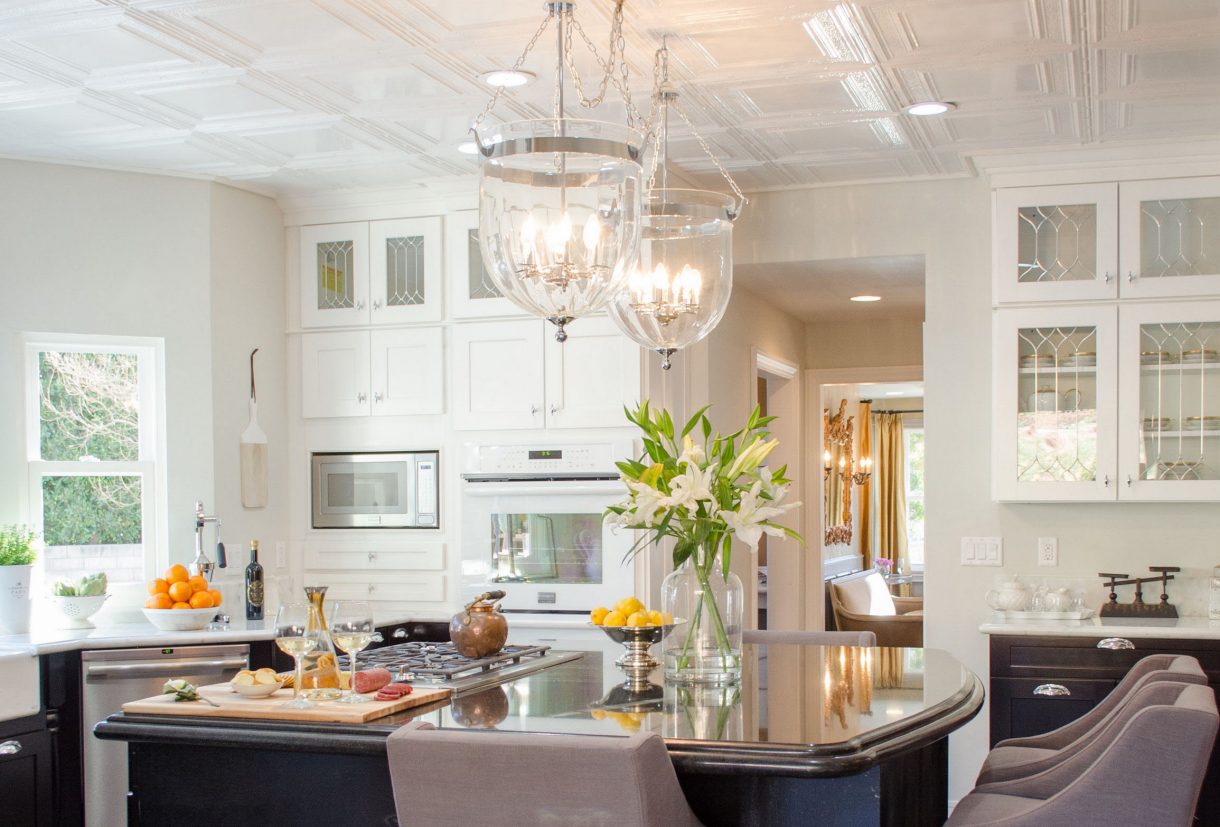
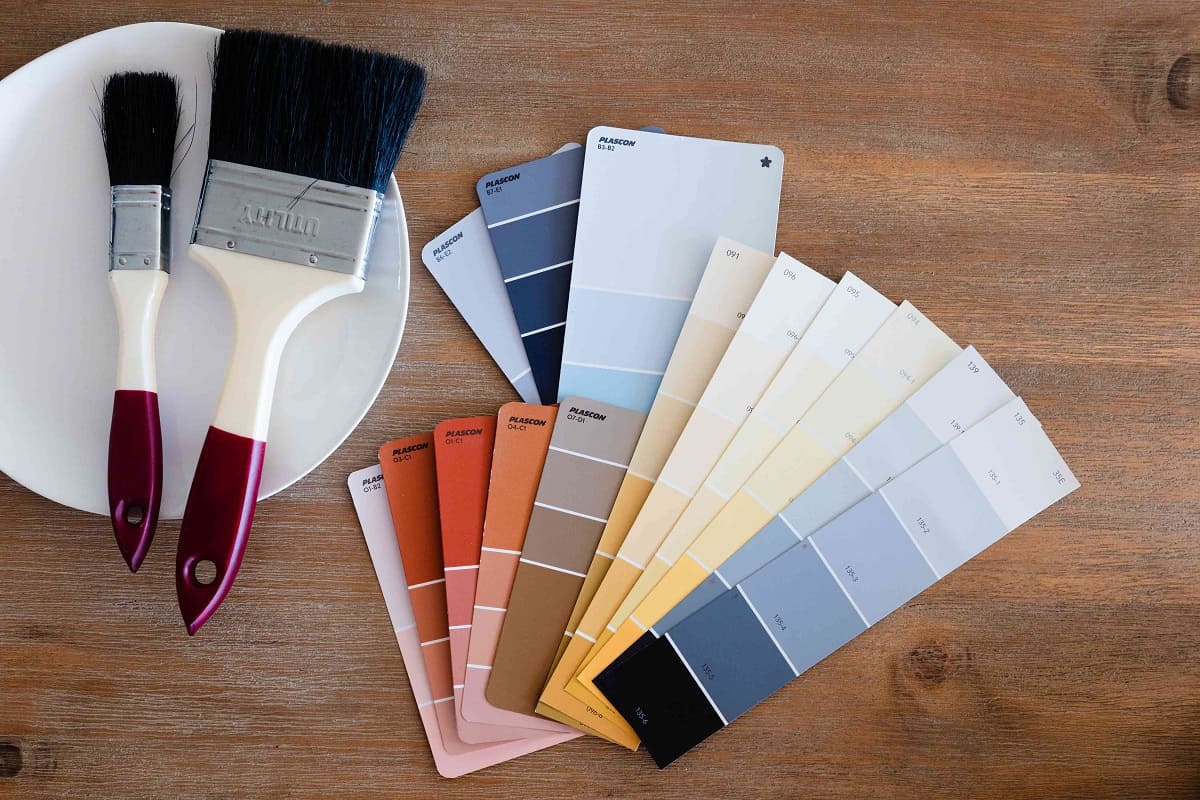
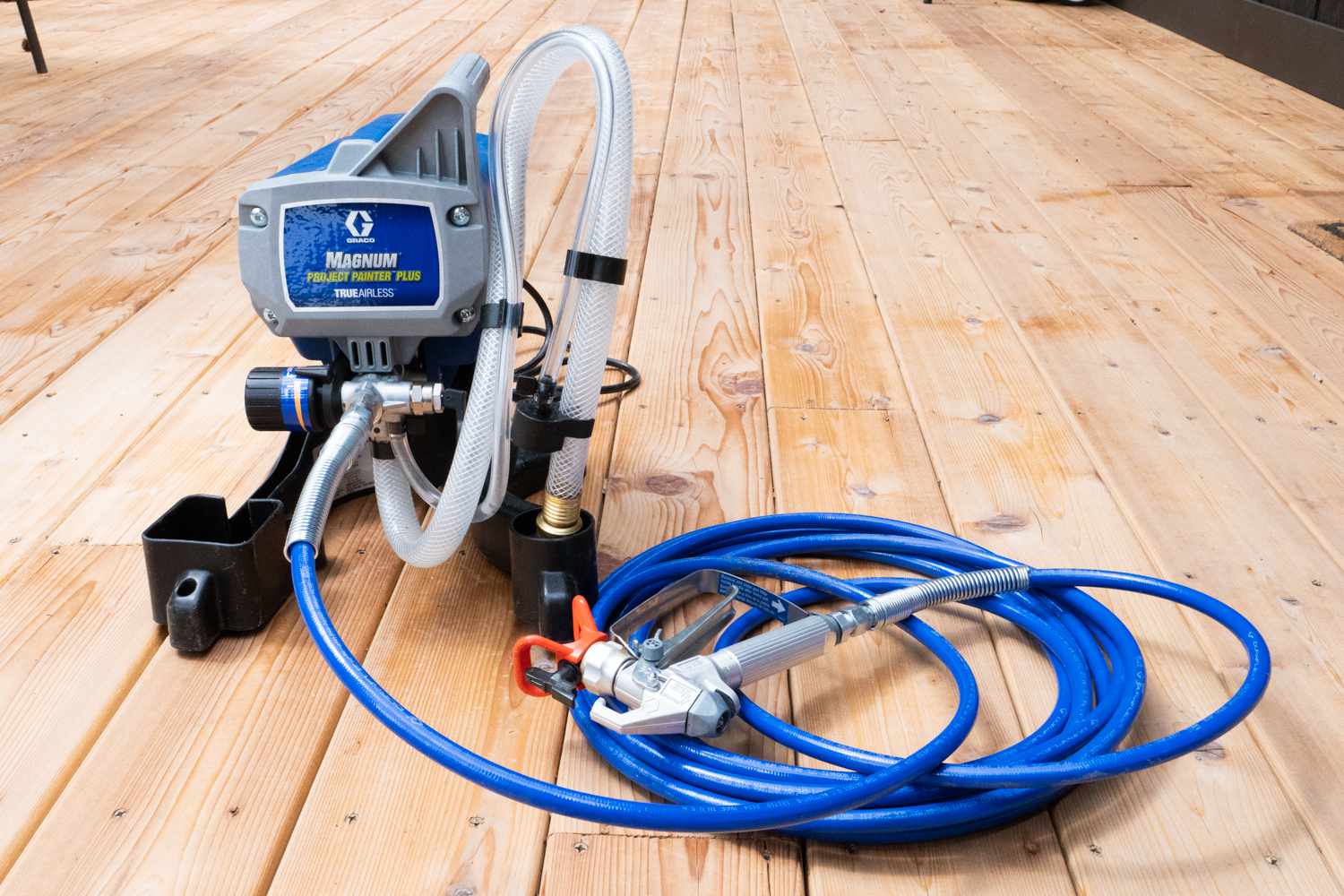
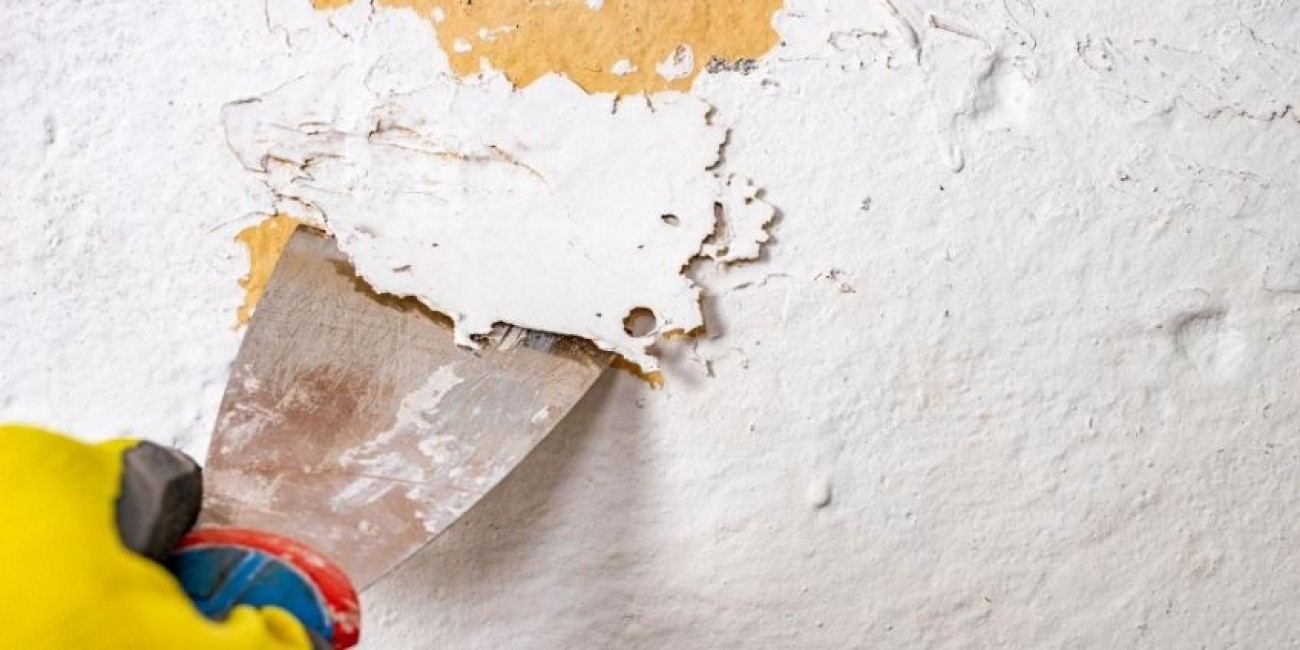
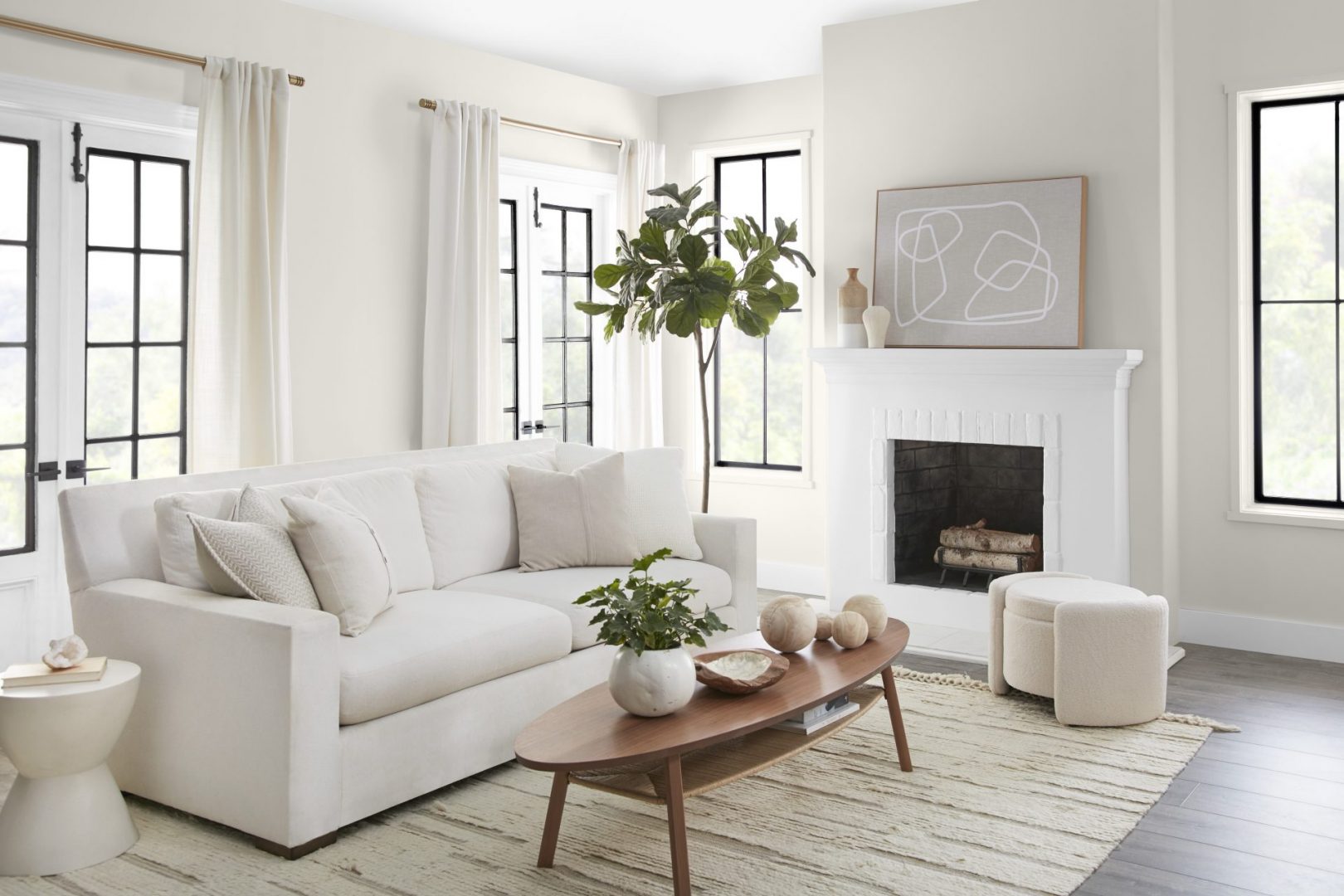
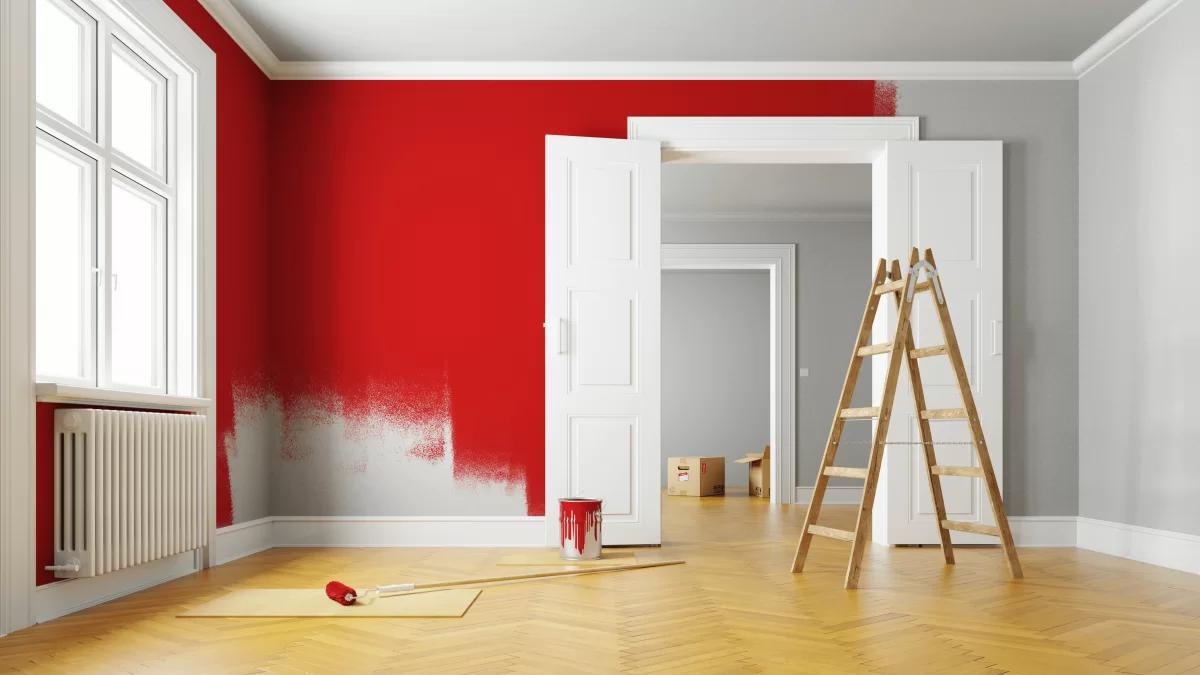
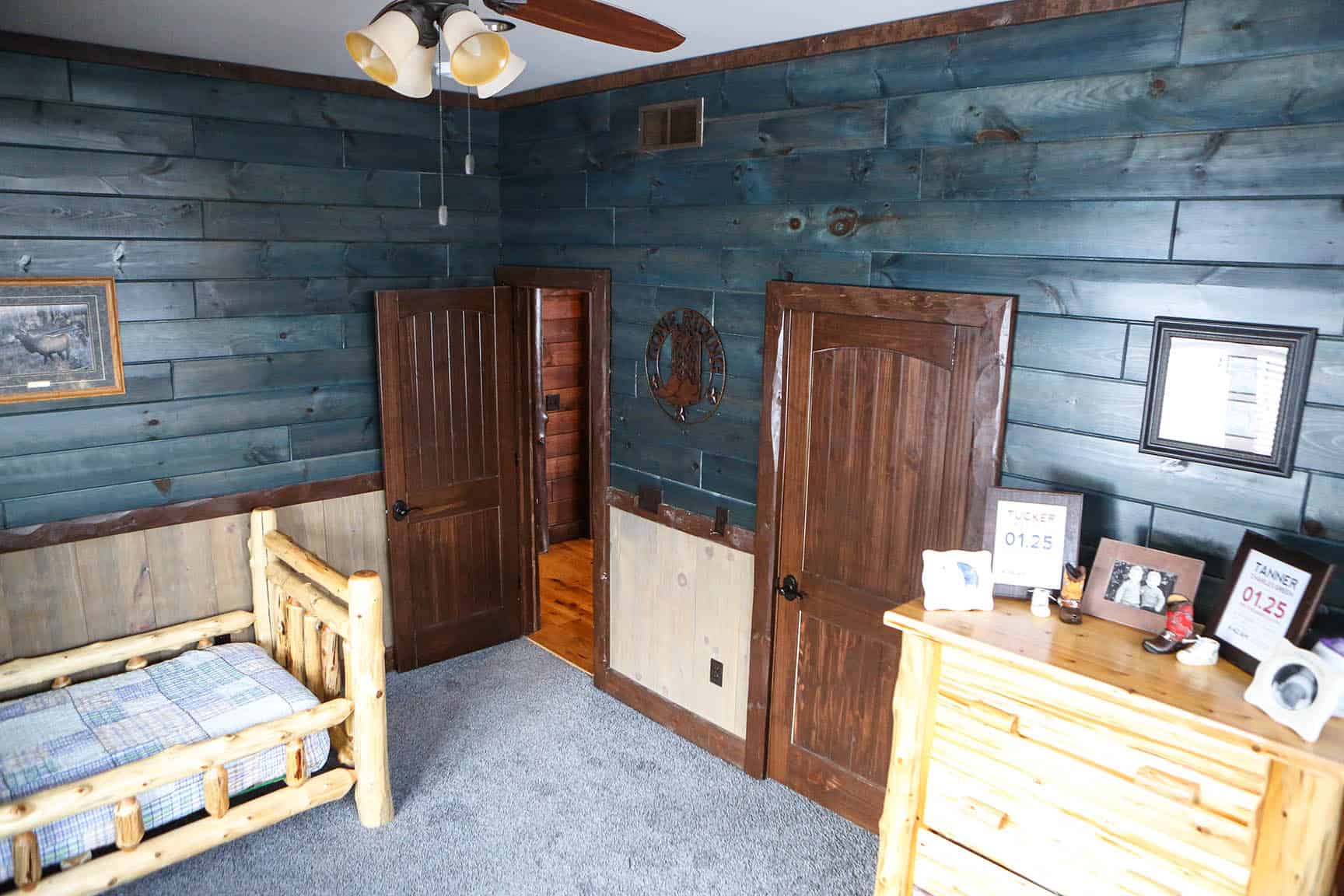
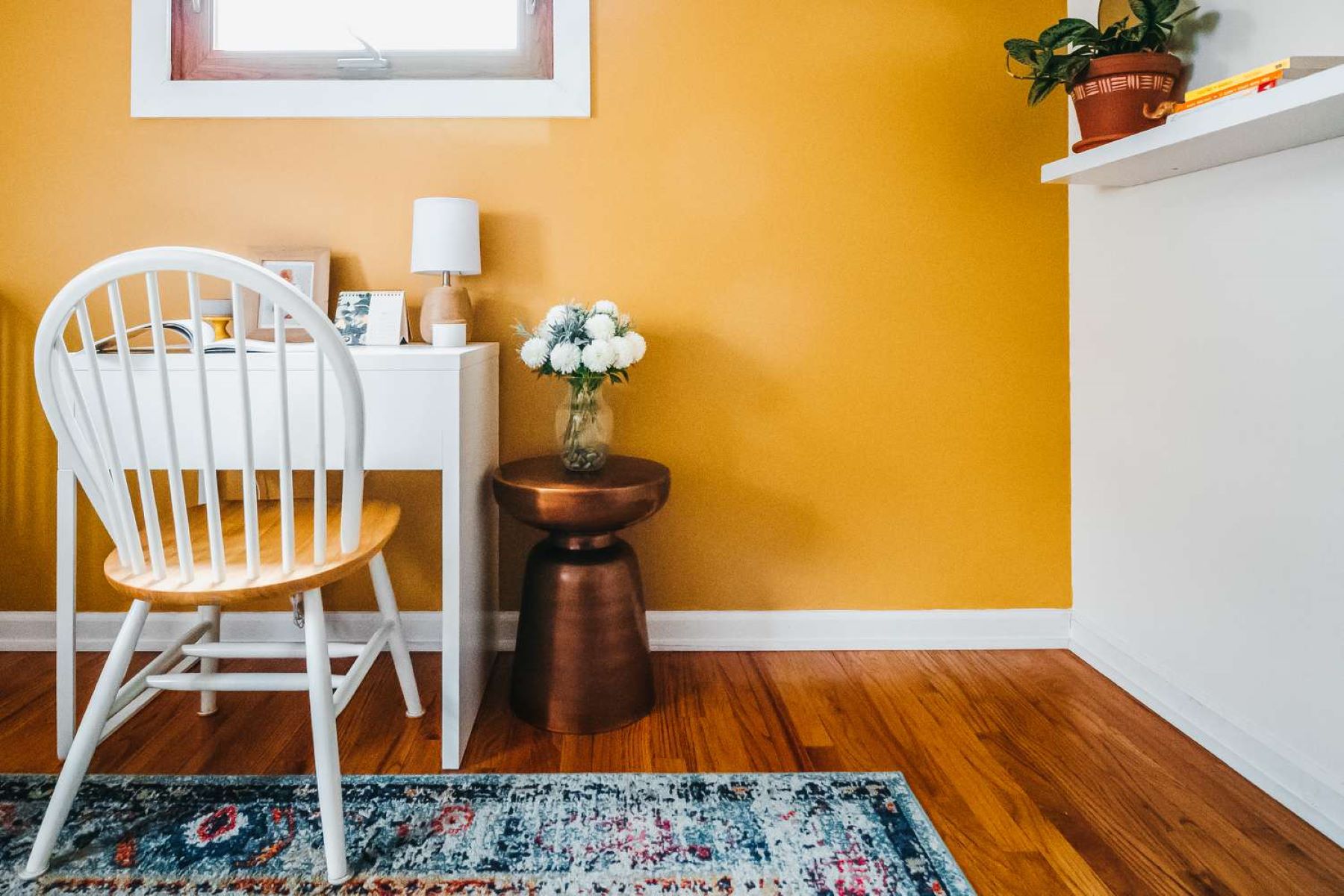

0 thoughts on “What Paint Finish For Interior Walls”